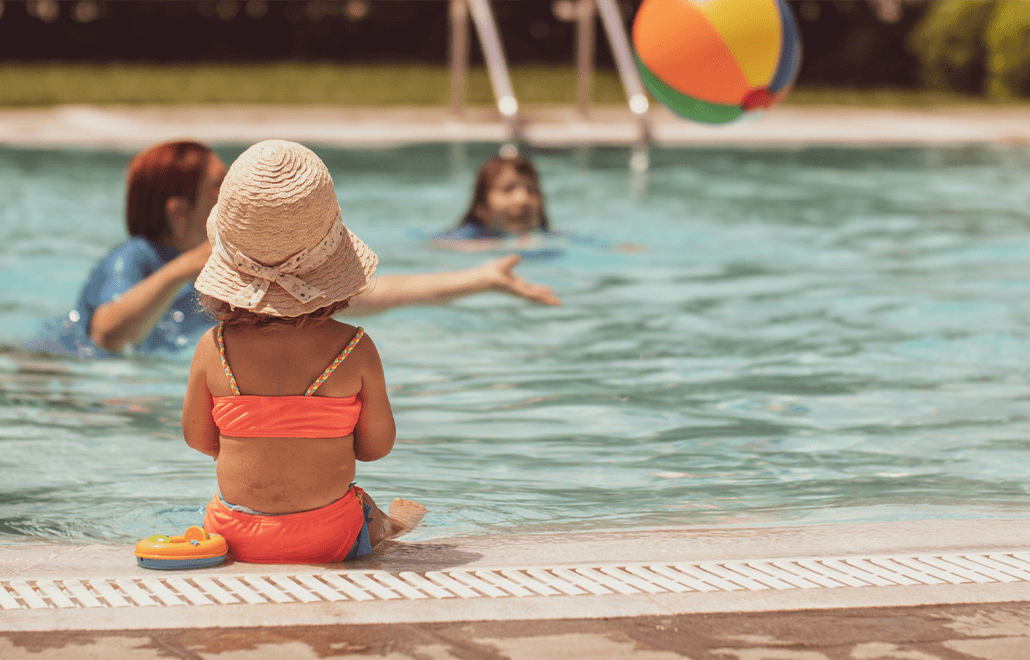
09 Aug How To Tell If Your Child Is Overheated
2 min. readHave you ever wondered how to tell if your child is overheated, especially during the scorching summer months? It’s crucial to understand the signs and take proactive measures to keep your little one safe and comfortable.
Recognizing the Signs
- Excessive Sweating: While sweating is the body’s natural way of cooling down, excessive sweating can indicate that your child is struggling to regulate their temperature.
- Flushed Skin: If your child’s skin appears red or flushed, it could be a sign of overheating. Pay close attention, especially during outdoor activities or in warm environments.
- Rapid Breathing: Overheating can cause an increase in respiratory rate as the body tries to cool down through breathing.
- Irritability or Fussiness: A child who is overheated may become irritable or unusually fussy. They may cry inconsolably or seem unusually restless.
- Fatigue or Weakness: Overheating can lead to weakness or fatigue in children, making them lethargic or less responsive than usual.
Prevention Tips
- Stay Hydrated: Ensure your child drinks plenty of fluids, especially water, during hot weather or when engaging in physical activities.
- Dress Appropriately: Dress your child in lightweight, loose-fitting clothing made from breathable fabrics like cotton. Avoid overdressing, especially in layers.
- Seek Shade: Limit exposure to direct sunlight during peak hours (typically between 10 AM and 4 PM) and encourage shaded play areas.
- Cooling Measures: Use fans or air conditioning to maintain a comfortable indoor temperature. For outdoor activities, consider using a stroller fan or cooling towel.
- Monitor Activity Levels: Encourage moderate physical activity and take frequent breaks in shaded or cool areas. Avoid strenuous activities during hot weather.
What To Do If Your Child Overheats
- Move to a Cool Environment: Immediately move your child to a cooler place, preferably indoors with air conditioning or shade.
- Hydrate: Offer water or a pediatric electrolyte solution to help replenish lost fluids. Avoid sugary drinks or beverages with caffeine.
- Cooling Measures: Use damp cloths or towels to gently cool your child’s skin. You can also give them a lukewarm bath to help lower body temperature gradually.
- Monitor Closely: Keep a close eye on your child’s condition. If symptoms persist or worsen, seek medical attention promptly.
By recognizing the signs of overheating and taking preventive measures, you can help ensure your child stays safe and comfortable during the heat. Remember, early intervention and proactive care are key to preventing heat-related illnesses in children.
For more tips on child health and safety, consult with one of our pediatricians. Stay cool and enjoy the summer responsibly!

